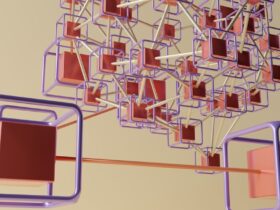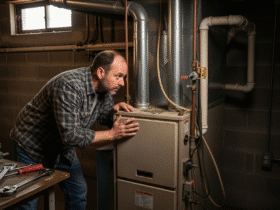All of us love to wear clean, fresh clothes but hate to do the laundry job. Hand washing clothes with water and detergent is tedious, time-consuming, and laborious. The washing machine can efficiently and quickly wash daily clothes making life more comfortable and easy. The clothes after washing is clean but dripping. But before you wear your favorite blue jeans and a white t-shirt, it has to be perfectly dry. Either you have to put those clothes under the sun or use a dryer machine Singapore.
The science behind drying
A little understanding of how the dryer dehydrates the clothes makes the errands more enjoyable, fast, and economical. The water content is turned into gas, and the process is evaporation. Water is the most versatile cleaner required in everyday cleansing activities, but a huge quantity is wasted in the laundry process. An average washing machine requires 5 gallons or 20 liters of water for a single wash; with multiple rinses, much more is required.

After high-speed churning of water and detergent, the water is drained out. But even the most modern machines leave a significant amount of dampness on the clothes. A physicist discovers that the 4-kilogram load of clothes after washing even in the state of the art washing machine comes out 2.2 kilograms heavier after vigorous washing. After washing clothes in the washing machine, the clothes are at least 50% heavier.
Before you wear them or stack them in the cupboard, you have to get rid of the excess water. The simplest way to dry clothes is to turn the water into vapor. Quick-drying involves heat, air movement, and low humidity. A dryer involves all these conditions to quickly and efficiently dry clothes.
Modern features
The Activcare technology maintains the perfect temperature and optimizes drum motion to put less stress on the clothes. The anti-allergy feature destroys 99.9% of allergens and dust mites to keep the clothes fresh and germ-free. The automatic dry control features eliminate the chance of over-drying of clothes. Over drying damages the fabric of the clothes. This feature senses the load and determines the time needed to dry the clothes. The sensors monitor and control the temperature of the air, and the thermostat acts accordingly.
When the clothes are wet, the air inside the machine is humid. As the drying process starts, the air within becomes hot. The thermostat shuts the heat off; in the process, as the air cools, the heat is turned on. This cycle continues depending on the load, type of fabric, and the setting of the cycle.
Choosing the right type
There are several factors to consider before you buy a new dryer. This appliance needs a lot of power to operate. All dryers require electricity to spin the drum, power the heater and fan to facilitate the drying process. Please choose the most energy-efficient dryer as it consumes less energy. If you are buying a washing machine with an inbuilt dryer, then there is no problem. If you are buying a standalone dryer, go for the medium one.












Leave a Reply